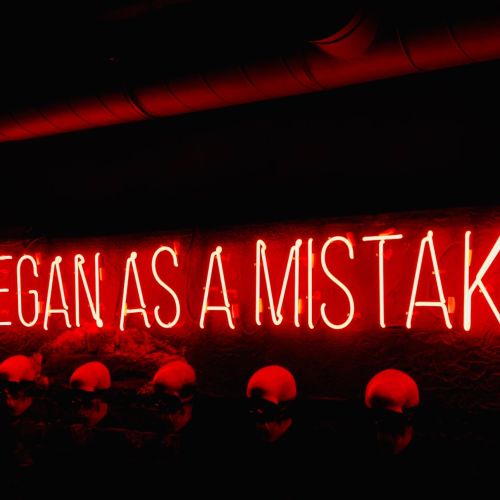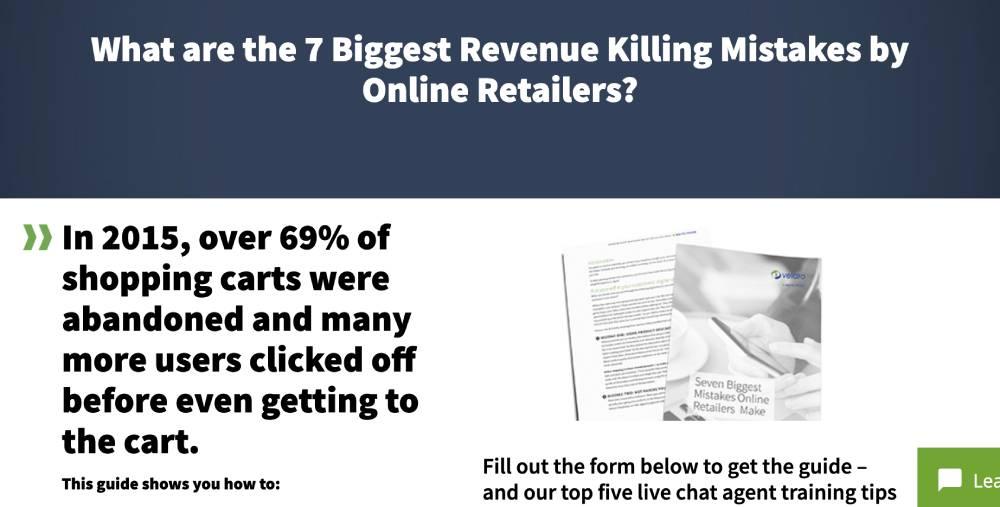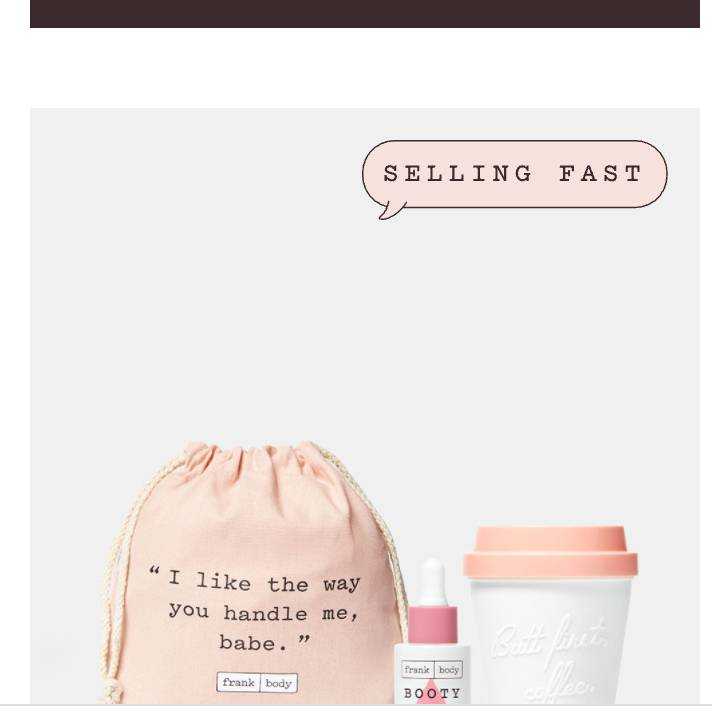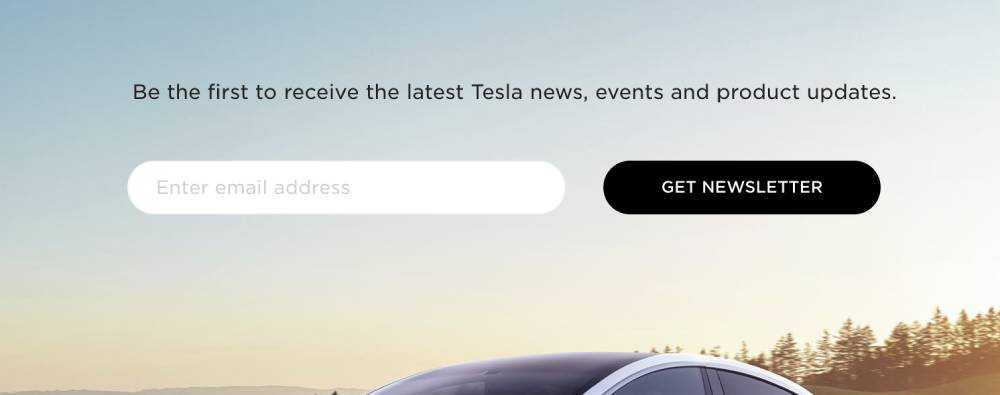Essential Guide to the AIDA Model (Attention, Interest, Desire and Action)
Published 21 July 2021 by Miles in Digital Marketing
Have you heard of the AIDA model, yet wondered what it was? We break it down into plain English, and show you examples of each of these steps, so you can try it yourself.

When writing copy for sales or action focus, you have to start by getting your readers' attention. That’s absolutely the first thing you need to do. You then need to grab and maintain their interest in your writing. Then, you need to create desire for your business, product or service. Eventually, you need the reader to take action. That all makes sense, right? Great! Because that's what the AIDA model is.
The AIDA model is a hierarchical model, which implies that a consumer will undertake a series of stages when they are making a purchase decision. It’s a linear model, with four simple steps. They call these cognitive, affective and behavioural stages as well. That means cognitive stage is attention, the affective (or feelings) stages are Interest and Desire and then finally the behavioural stage being Action.
So you've just learned the AIDA model. Now let's go through each of these four elements in detail, and review examples of how they are used. We’ll look at the history and some criticism of AIDA, and then wrap it all up.
Let’s get into it! Those four stages of the AIDA model, again, are;
- Attention
- Interest
- Desire
- Action
Let’s look at each of these stages in detail.
Attention
How do you get attention? You can get attention with a headline, you can get attention with a great video, or you could even attract attention using some awesome image. Imagine a big neon sign stating 'It began as a mistake' like our image, above.
Imagine a press advertisement; the big bold headline has to do the work of attracting attention. In an email, it’s the subject line. A website or landing page attracts attention with an engaging large title at the top.
It could be a headline or questions so usually asking a big question or stating some very bold claim. You can use it with curiosity, such as this banner advertisement by Docusign. You want to know those six strategies, don’t you? So do I. Using a single number and 6 words, and it’s got my undivided attention.

Another method is to run an image or footage that is bold and gets immediate attention. This could be just bold colour use, or an amazing photograph.
Another example could be an email subject line that is different to what people are used to. For example, something like “We probably shouldn’t tell you this” could be a great subject line. Assuming, of course, that the email content matches the subject.
Interest
Once you've got a person's attention, you then have to work to maintain their interest.
Imagine for a moment that you're flicking through a newspaper, and a headline catches your attention. Then if we're still interested, we start to read the first paragraph, and the first sentence is really boring and full of dull data or just isn't interesting, and you move on to another article.
That’s exactly how digital works in a way. For example, when we arrive on a landing page, we decide within 3-5 seconds if we’ll stick around. This is done through the design, layout and typically the opening paragraph of written content.

You want to make sure that you've captured their attention. However, to keep their attention your first few paragraphs need to be really interesting. You need to speak directly to your target person, and share with them something they are genuinely interested in.
This landing page from Velaro shown above is a great example of the AIDA model in action. The headline gets your attention, and then the statistic and 'this guide shows you how to' points drive your interest.
A good way to do this is to explain what the rest of the copy covers. Also use short sentences which gives the reader a sense of speed. For an article, it could be something like the first few paragraphs of this article.
An example for a reactivation email, could be something like “Rather than the usual Christmas crowds, we have something special for you. It includes fast delivery, no queues and a special discount just for you. Let me explain.”
Then your email explains the benefits of ecommerce shopping with your brand in more detail.
Desire
Once you’ve got their attention, gained their interest, you now need to spark their desire. There are a few different ways to create desire. To do this, you have to really push your businesses or products or services features and benefits.

This selling fast tag on some products within the frank body store does a great job of creating desire through scarcity. It's selling fast, so if I want this product, I better grab it now or I will miss out.
You want to share benefits and how this thing will change their life, or improve their work, or fix a problem. Say I’m promoting my local SEO services. Instead of getting bogged down in statistics or how we do local SEO, we need to focus on benefits.
“Attract more buyers in your local area, by being found on page one.” That’s a benefit.
Say you’ve written an article about making more business profits. You could state “Once you’ve finished this article, you're going to be ready to make more profit. Even if you pick just two of the methods in the 20 methods we discuss, you will be able to increase profits within a month”.
Another way to encourage desire in copy is to illustrate through actual results or improvements that others have seen. This could be a simple statistic like “82% of people who tried this product, bought it again within 4 weeks.”
Another way of improvements or results is through imagery; we all know that weight loss cliche, showing those dreaded before-and-after photographs. Even in many ads for cleaning products, where they show the dirty bathroom tiles and then the clean and sparkling tiles. Showing this kind of proof really helps build desire.
Action
The whole purpose of writing that blog post, designing that landing page, creating that video ad or sending that marketing email, is to encourage the audience to do something. That something could be purchasing your product, signing up to your email list, sending an email. There are plenty of actions we could encourage people to take.
One way to encourage action is to have a clear and obvious call to action. This is often a bright button with some action orientated copy in it. Examples of this button text are;
- Sign up today
- Free trial
- Activate your membership
- Get your discount
That sort of thing. Another action could be a form. In the case of a form, you want to ensure that you only collect absolutely necessary information, using the least amount of fields you can. There’s nothing worse than being asked 101 things just to purchase something online.

This newsletter subscribe form on the Tesla website is as simple as you can get. An email address. The action is clicking the very prominent Get Newsletter button.
Urgency or FOMO (fear of missing out) also works really well here. We are all guilty of buying a product that was on sale even though you didn't really need it. However, it was on sale and other people were probably going to buy it.
Other methods to encourage an urgency to purchase include stating ‘Available while stocks last’, or you could be even more precise, showing your inventory level ‘29 items remain’.
You can level up further by having a countdown timer for a sale or an offer. This really helps increase sales, because people feel like they're going to miss out. It's that fear of missing out that drives many sales online.
An argued history and criticism
There is some debate over the original creators of AIDA, however we do know it happened around the 1890’s. In 1893, New York advertising man, Joseph Addison Richards (1859–1928), wrote an advertisement for his business containing virtually all steps from the AIDA model,
Three of the AIDA steps appeared anonymously in the February 9, 1898, issue of Printers' Ink: "The mission of an advertisement is to sell goods. To do this, it must attract attention, of course; however attracting attention is only an auxiliary detail. The announcement should contain matters which will interest and convince after the attention has been attracted."
In any case, irrespective of who created it, the model is time tested and solid.
The model isn’t without some criticism either. A major deficiency of the AIDA model and other hierarchical models is the absence of post-purchase effects such as satisfaction, consumption, repeat patronage behaviour and other post-purchase behavioural intentions such as referrals or participating in the preparation of online product reviews
This proof is really important and for some reason, it was left out of this old formula. You need to often get people to believe your claims, because frankly there's so many websites and ads out there that use outrageous claims. So if you can back up your claims, and then prove those claims to be true, then your proof will further encourage people to purchase or take action.
Look for ways such as including customer testimonials, or even social proof, screengrabs of reviews such as Facebook reviews, Google reviews, etc. This can really help you build your brand or product authority.
In Summary
So that’s the basics of the AIDA model. First grab a persons attention through a headline, large image, bold design or something. Then use powerful opening statements to get and retain their interest. Build desire by explaining the benefits or features, and finally encourage action.
You can do all of that with pay per click advertising, email newsletters, landing pages, ecommerce product pages, and more. Just remember these four AIDA stages every time you prepare any marketing materials.
- Attention
- Interest
- Desire
- Action
Thanks for reading all the way to the end, and seeing the AIDA model in action, through the writing of this article. All the best in trying it out for yourself!


